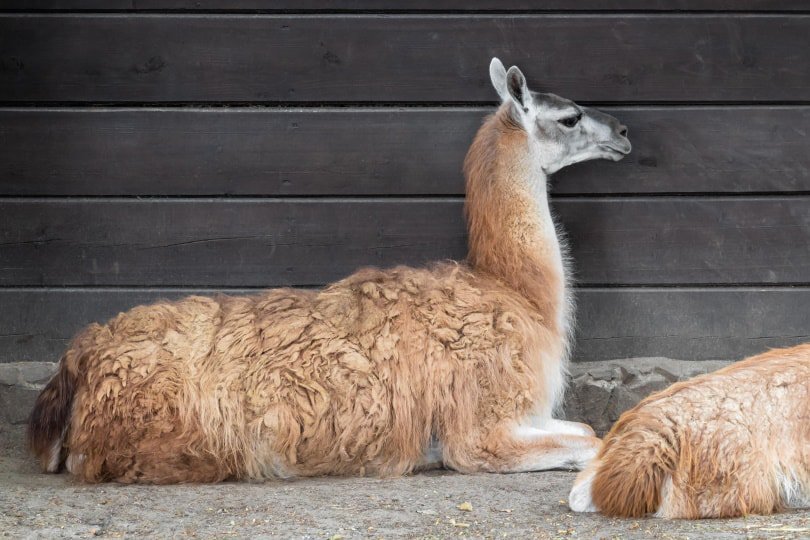Llamas, along with their cousins—alpacas–are becoming increasingly popular with people interested in keeping them as pets, and with their many fans who admire their quirky looks and personalities.

The 12 Fun and Interesting Llama Facts
Llamas are members of the camelid (Camelidae) family. Besides camels and llamas, the list of camelids also includes alpacas, guanacos, and vicunas. Camelids originated in North America but now live in South America’s Andes mountains and the deserts of Asia, Africa, and the Middle East.
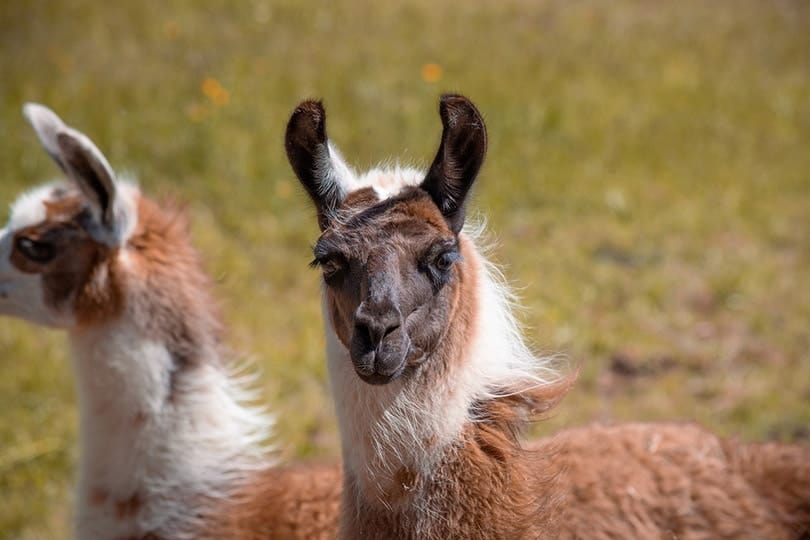
2. Llamas spit at people…and each other.
Llamas and other camelids have a well-earned reputation for spitting. If a llama spits at you, don’t take it personally. Llamas spit to warn off aggressors when they feel threatened. Sometimes they will spit at us, but they also spit at each other. Females spit at males when they’re not interested and mating, and they can also spit at each other when squabbling over food.
3. Llamas are intelligent.
Are llamas smart? Studies of llama intelligence have shown that they are as smart as–or smarter than–other ungulates (hoofed animals). Researchers have found that llamas can learn, anticipate, and expect. They also have a high level of awareness. Many people who keep llamas report that they are as intelligent, friendly, and curious as dogs.
4. Llamas make a unique humming sound.
Llamas are generally quiet animals that don’t make a lot of noise, but they do hum to communicate with each other…and their humans too. Llama mothers will hum for their babies. Llamas will also hum to express how they’re feeling, with different hums indicating either contentment or distress. When very frightened, a llama will emit loud alarm calls or screams.

5. Llamas are good guardians for other animals.
Many goat and sheep farmers keep llamas around as flock guardians. Because they are very social, 1 llama can integrate into a flock of sheep or goats and view them as its own. They protect the other members of their group from predators like coyotes by making alarm calls and chasing or kicking them.
6. Llamas can live at high altitudes.
Llamas live in the highlands of the Andean mountains in South America. They can comfortably live at altitudes as high as 13,000 feet above sea level. They have special adaptations in their blood to help them survive at high altitudes where there is less oxygen.
7. Llamas make good therapy animals.
Llamas are becoming increasingly popular as therapy animals, visiting places like hospitals and nursing homes to comfort residents. Therapy llamas tend to have calm temperaments and often let people hug and kiss them. People who work with therapy llamas report that they can be especially sensitive to people in need of extra comfort.
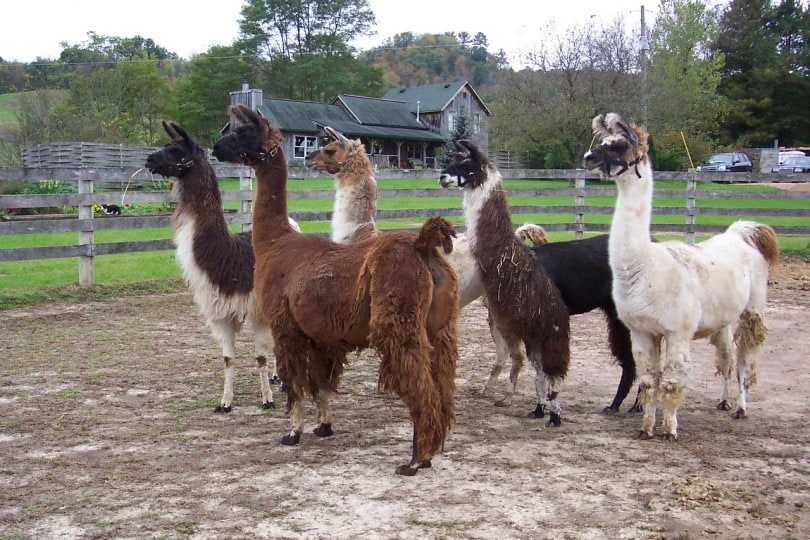
8. Baby llamas are called crias.
Cria is the name for baby llamas. A mother llama will give birth to 1 cria at a time, every other year. Llamas are relatively large animals, weighing over 300 pounds when fully grown, and a cria can be as much as 24 pounds at birth.
9. A llama’s fleece can weigh over 7 pounds.
Many farmers keep llamas for their fleece. They are usually sheared every 2 years and can generate up to 7.7 pounds of fleece at each shearing. Their fleece consists of a coarse long outercoat and a short wavy undercoat. Llama fleece is relatively lightweight and can be used in clothing, rugs, and even rope.
10. Llamas are herbivores.
Llamas are plant eaters. In their native habitat, llamas primarily eat grasses and shrubs. The Andes can be dry, so they get a lot of the water they need from the plants they eat. On farms, llamas often eat plants like alfalfa and clover. In winter, they are fed hay and grains to supplement their diet.
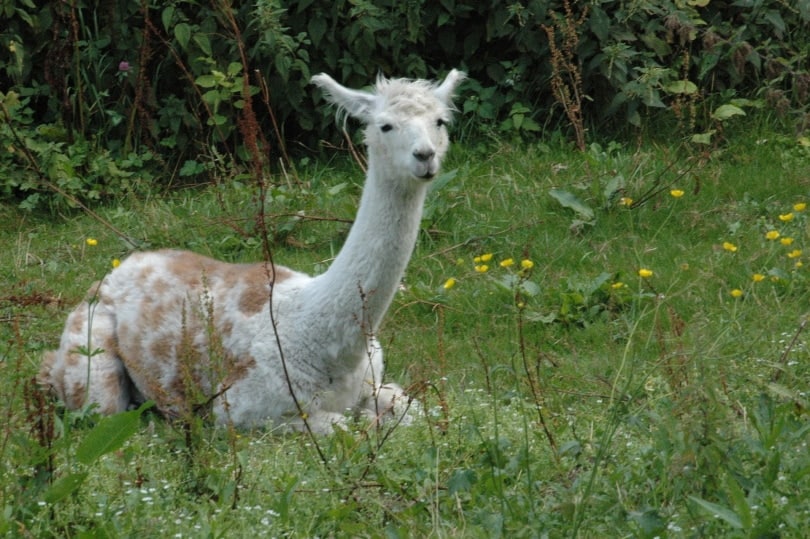
11. Llamas have fighting teeth.
Male and female llamas have unique teeth called fighting teeth. They have 2 on the upper jaw and 1 on the lower. Fighting teeth are modified canines and incisors. They appear in males when they’re between 2–3 years of age and females between 4–5 years. In males, they are often removed because they can cause injuries during fights.
12. A huarizo is a llama-alpaca cross.
Male llamas and female alpacas can be cross-bred to create the huarizo. Huarizos are sterile and can’t reproduce. They are smaller and have longer hair than llamas. They are reported to have gentle temperaments and are often kept as pets.
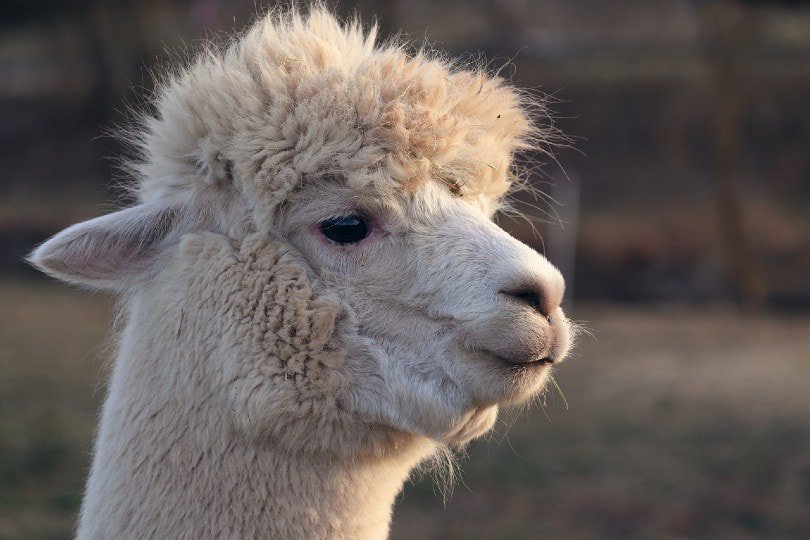

Conclusion
Maybe you don’t have enough property to become a llama farmer, but that’s OK, llamas are fascinating animals and it’s fun to learn more about what makes them tick!
Related Reads:
- Can Llamas Swim & Do They Enjoy It?
- How Many Llamas Are There? (U.S. and Worldwide Statistics)
- What Does a Llama Sound Like? How Do Llamas Communicate?
Featured Image Credit: Piqsels
